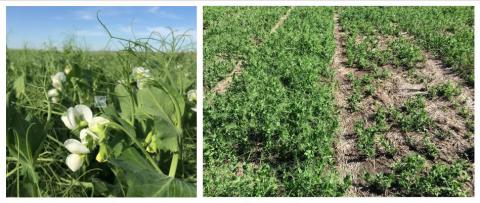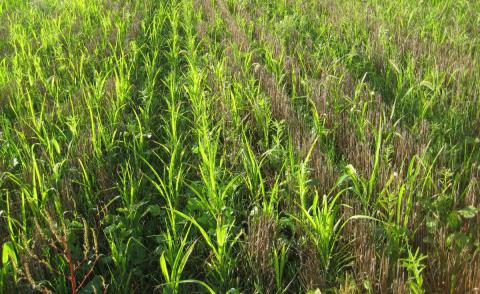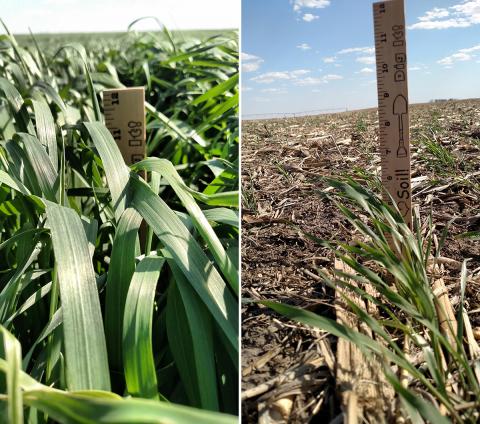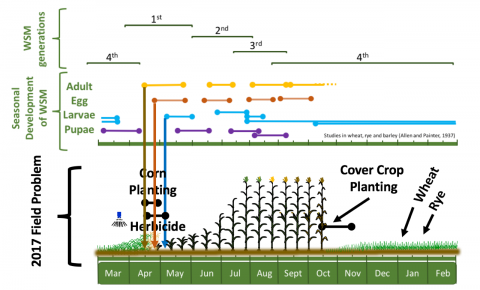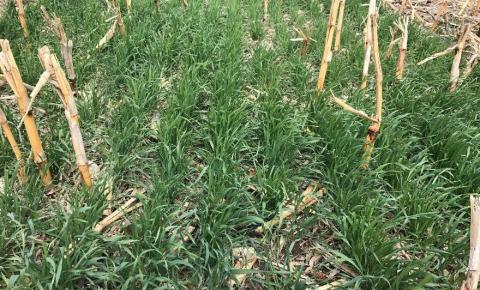Weed Management and Cover Crop Field Day at SCAL
May 22, 2018
View demonstrations of new technologies and herbicides for weed control in corn, soybeans, and sorghum and cover crops effects on soil health and pest management at the June 27 Weed Management and Cover Crops Field Day. It will be held at the South Central Ag Lab near Clay Center.
June Field Days for Field Peas, Pulses, Wheat, Forage and Cover Crops
May 16, 2018
A variety of winter and pulse crops will be featured at a series of seven field days to be held across the state this summer. The crops exhibited and speaker presentations will be customized to local needs.
Q&A on Spring Herbicides and Fall Cover Crop Plantings
May 14, 2018
Grower question: Can I use a herbicide like Callisto, with mesotrione as its active ingredient, now and plant radishes and turnips for a cover crop in early September?
Integrating Cover Crops into a Corn and Soybean Cropping System
January 8, 2018
An article from the Proceedings of the 2018 Nebraska Extension Crop Production Clinics on recent research to understand the impact of planting dates, plant populations, and corn (Zea mays L.) hybrid comparative relative maturity (CRM) on corn growth, kernel moisture content, and corn yield prior to cover crops.
How Planting Date, Varieties Affect Spring Cover Crop Growth
May 4, 2018
Reduced spring growth resulting from delayed planting of small grain cover crops has been widespread throughout the western Corn Belt.
Q&A: Which Dicamba Product Should I Use to Kill Broadleaf Cover Crops or Burndown Weeds Before Xtend Soybean?
April 27, 2018
With a delayed or compressed planting season, this week several growers asked whether they could immediately plant soybeans after a dicamba application. See how Extension Weed Scientist Amit Jhala replied.
Wheat Stem Maggot Adult Monitoring: A Pest of Cover Crop-to-Corn Transitions
April 25, 2018
This article looks at wheat stem maggots in cover crops-to-corn transitions, including their biology, risk for damage to early season corn, and what to look for this spring.
Q&A on Terminating Cereal Rye, Applying a PRE
April 25, 2018
A grower asked: My cereal rye cover crop is only 3 to 5 inches tall going into planting season. Can I combine two field operations in one by applying glyphosate to terminate cereal rye and tank-mixing it with a residual herbicide for early season weed control?

